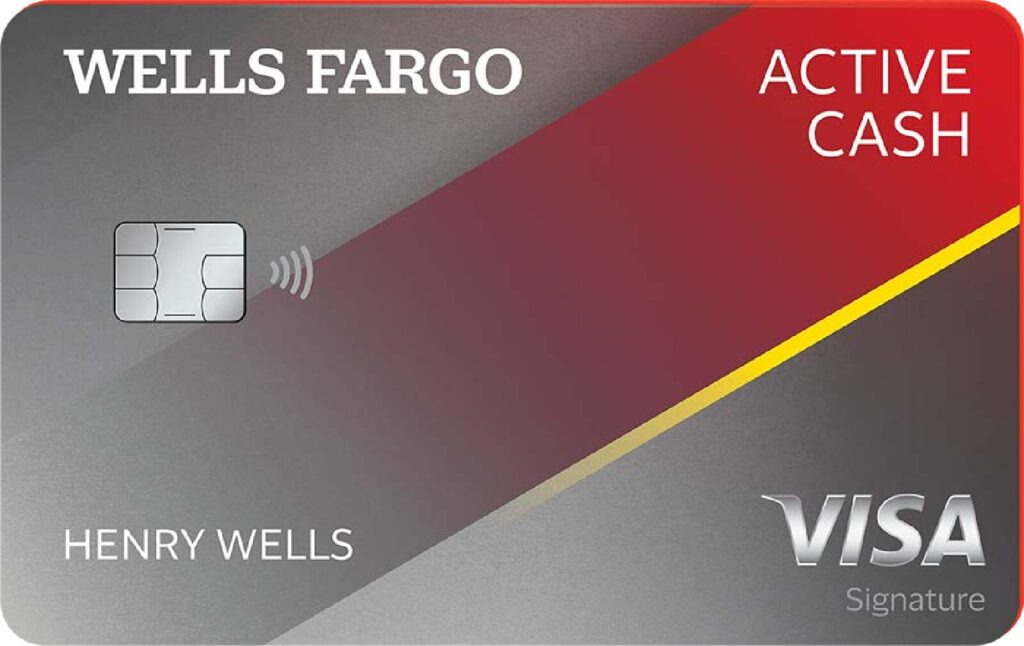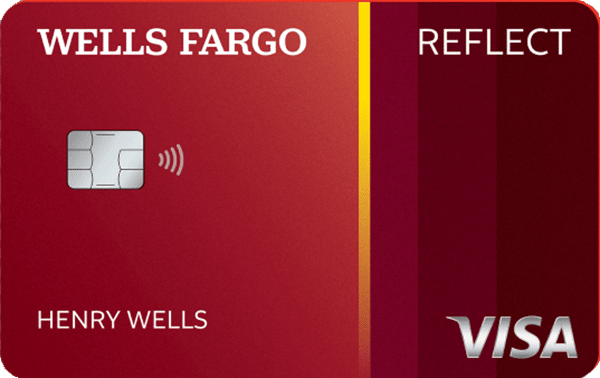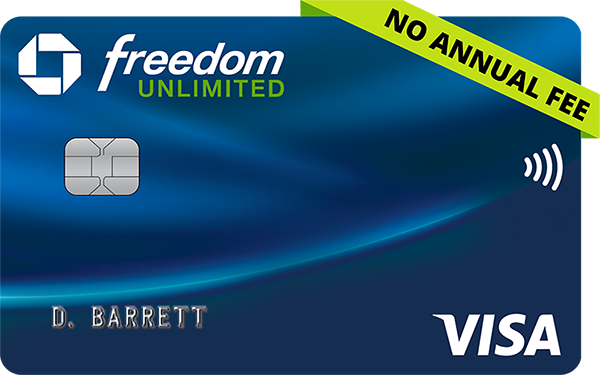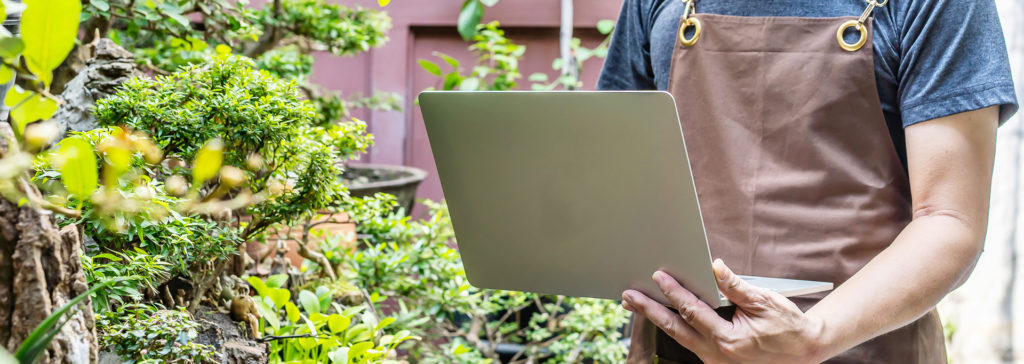What Is a Low-Interest Credit Card?
A low-interest credit card is one with a lower annual percentage rate (APR) than a typical credit card. According to March 2023 data from the Federal Reserve, the average credit card interest rate is 20.92%, but rates can vary depending on the card. Most low-interest credit cards will offer an APR range, where at least the lower APR is around 18%, but these numbers can change based on economic factors and the prime rate set by banks.
Interest can pose as a considerable expense on top of your primary purchases. While you should strive to avoid incurring interest on any purchase, life happens and a low-interest card can lessen the blow. For users looking for additional savings and access to affordable credit, a low-interest credit card is the answer.
Pros and Cons of a Low-Interest Credit Card
Pros
- Saves on interest charges
- Cheaper to charge a big purchase
- Can be more affordable and faster to pay off debt
Cons
- Interest can add up if you can’t pay the bill in full
- May not offer a 0% intro APR period
- May have fewer rewards than other cards
How a Low-Interest Credit Card Saves You Money
Low-interest credit cards can save you money by charging you less interest than a typical credit card would. Here’s an example comparing how much you could save with a low-interest credit card versus a typical card.
| Low-Interest Credit Card | Typical Credit Card | |
|---|---|---|
|
Principal Balance |
$3,000 |
$3,000 |
|
Interest Rate |
18% |
25% |
|
Interest Charged |
$540 |
$750 |
In this example, you would save $210 with the low-interest credit card. And depending how much you spend, your specific interest rate and the time it takes you to pay off the debt—it could mean the difference of hundreds or thousands of dollars over time.
The Difference Between Low Interest and 0% APR
A credit card with a 0% APR is different from a low-interest credit card. Here are a few key differences to know:
- Credit card companies use 0% introductory APR offers to incentivize potential cardholders to apply.
- A 0% APR is usually only offered to new cardholders for a limited duration, while a card with low interest has lower-than-average APRs without a set time limit.
- Cards with low interest typically have variable APRs, meaning the rate can change, but it will never be 0%.
- You won’t incur interest charges during a 0% APR offer time frame, but you will be charged interest on late payments with a low-interest card.
For instance, if you were approved for a credit card with a six-month 0% APR offer, then your first six months will incur no interest charges. Note that you are still required to pay the minimum balance during that time, but you won’t have to pay interest. So if you charge $1,500 during that intro period, on month seven you will be charged interest on that balance.
Quick Tip
While credit cards can offer 0% introductory APR and then follow up with low interest after the offer ends, it’s usually not the case. For these cards, once the offer expires, average to high interest typically takes its place.
How Do I Lower My Credit Card’s Interest Rate?
It’s possible to lower your credit card’s interest rate by giving your card issuer a call. To improve your odds, you can work on first improving your credit for several months before making the call—by doing things like paying the full amount due each month, if possible, and reducing how much credit you’re using.
Here’s how you can try to lower your credit card interest rate:
- Have your card number, interest rate and credit score handy.
- Take a look at your recent statements so your payment history and balance are fresh in your mind.
- Call your card issuer at the phone number shown on your card and politely ask for a lower rate.
- If you have a history of paying your bill on time, you can share that information, along with your credit score, if it’s improved or in a good place.
- You could mention you’re thinking about transferring your balance to a different card if you’ve gotten 0% APR offers to do so.
Remember that this is a negotiation, not a sure thing, but it’s worth trying. If the representative can’t offer you a lower rate, you can always try to call back another time to see if you get a different response. Generally, a solid payment history and good credit score will make it easier for you to get your rate lowered.
Who Is a Low-Interest Credit Card Good for?
A low-interest credit card can be good for someone who is struggling to pay their credit card balance in full each month because lower interest can make the debt cheaper in the long run. If you need to make a big purchase soon, don’t want to worry about the possibility of super-high interest charges or just want to make an existing card debt a little easier to pay, a low-interest credit card could be right for you.
On the flip side, a low-interest credit card probably isn’t good for someone who always pays their card balance in full because they could benefit from a more typical credit card that might have better rewards rates and other perks. Similarly, if your credit score is good or excellent, you can probably qualify for a card with more desirable perks than what you’ll find with some low-interest cards.
FAQs
-
A low-interest rate on a credit card is anything below 10%. However, this can be a rarity since the average interest rate rests between 18% and 24%. Your rate will depend on your card company and a variety of other factors like your credit score health.
-
A good interest rate on a credit card falls between 10% and 17.99%. Anything within this range beats the industry average for credit card holders which currently stands between 18% and 24%.
-
Credit card holders who plan on holding a balance on their credit card for longer than 21 days should consider a low-interest credit card. In the event that you don’t pay off the balance during this time, you will be charged a generally lower percentage in interest between 10% and 17.99%.
-
0% APR offers are typically short-term introductory offers that suspend your account’s interest charges for a pre-set amount of time. A 0% APR offer usually lasts up to 15 months and is used as an incentive to attract potential cardholders to sign up.
-
Yes, you can call your card issuer to try to negotiate your credit card interest rate, but this doesn’t guarantee you’ll be successful. Call the number on the back of your card and explain that you’d like to lower your rate. If you have a good credit score or history of on time payments, mention those things to build your case.
If the issuer isn’t willing to lower your rate, consider transferring your balance to another card you qualify for, or you could work on improving your credit score for a while and then trying to lower your rate in the future.







